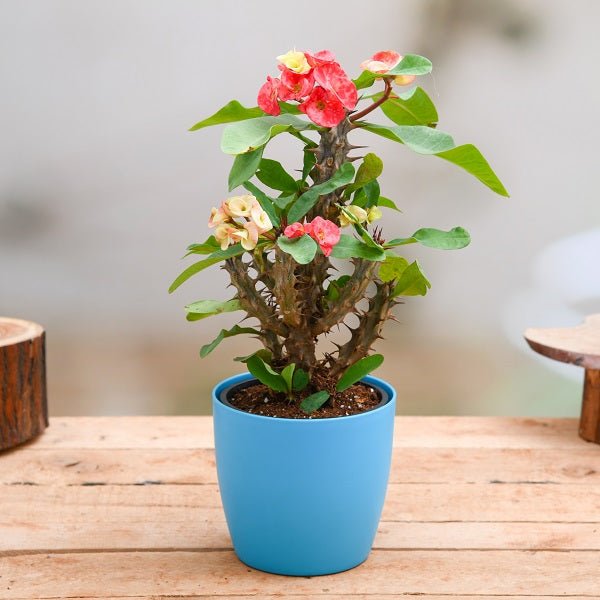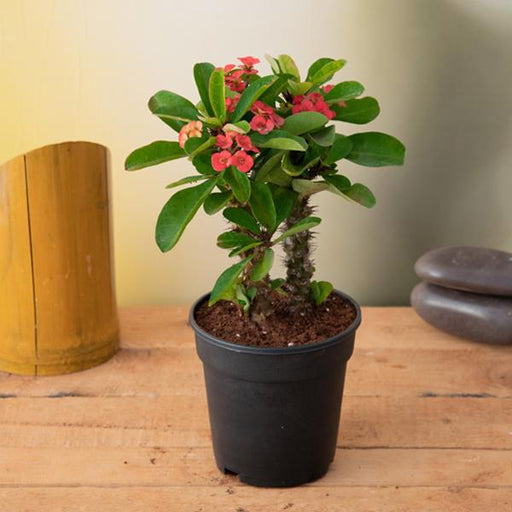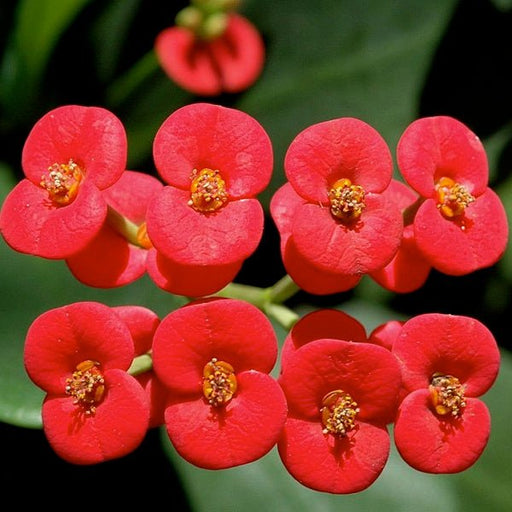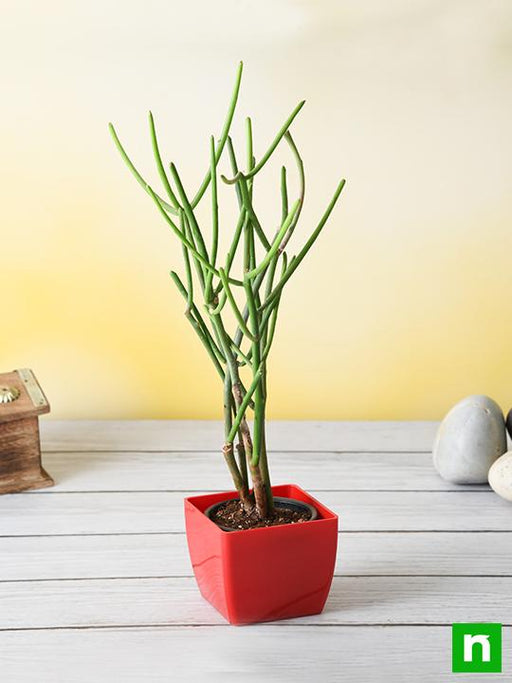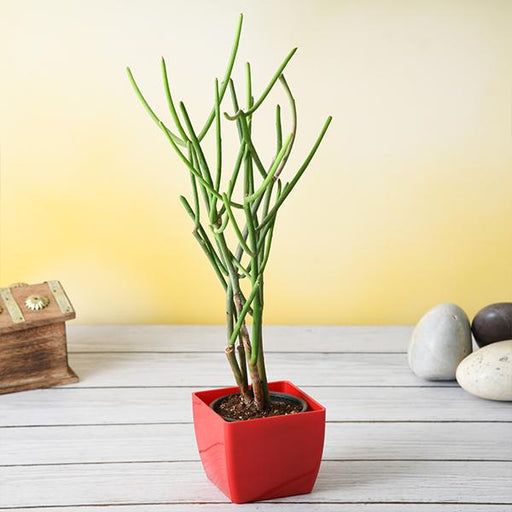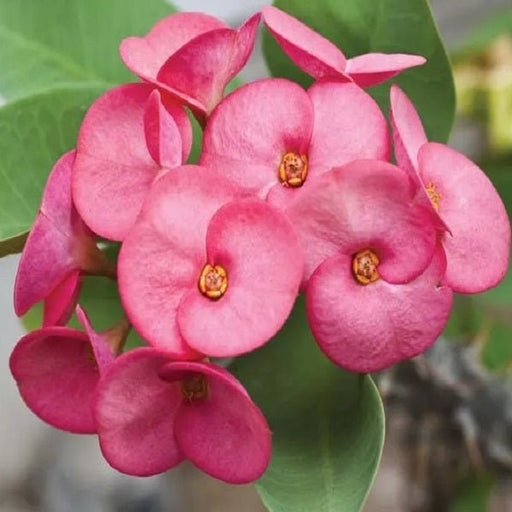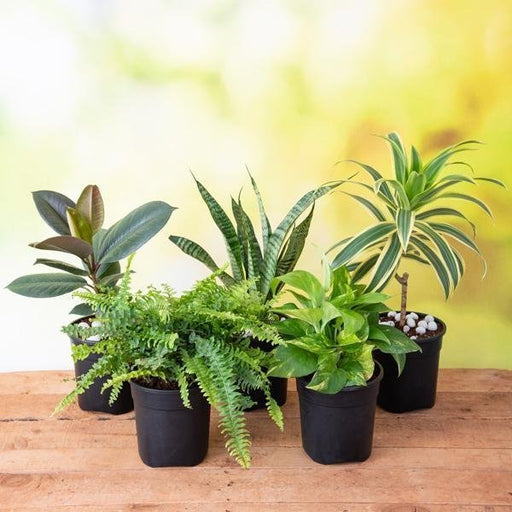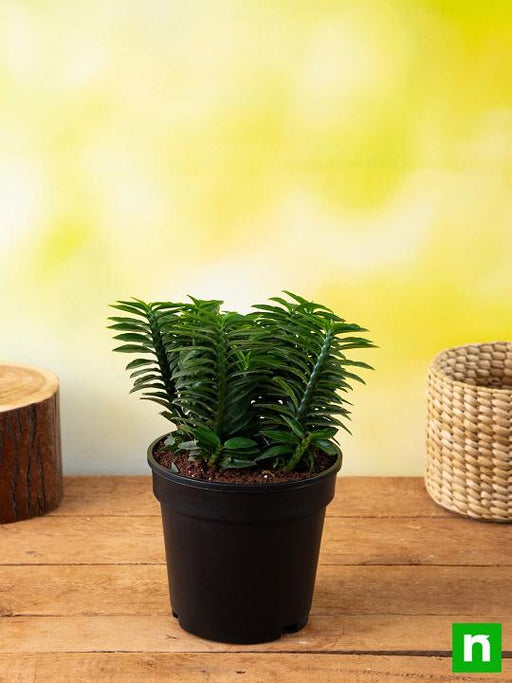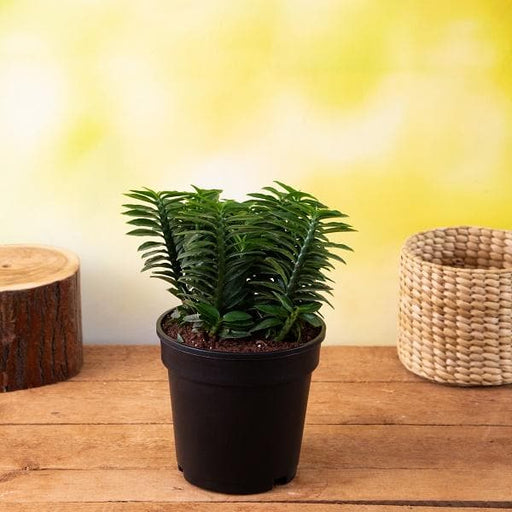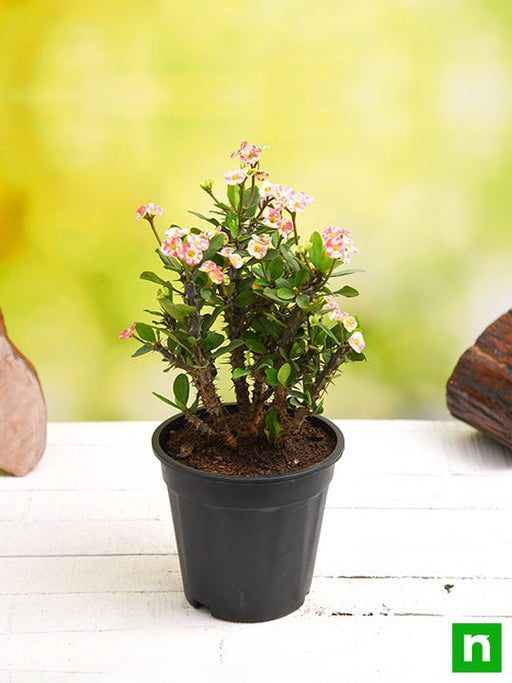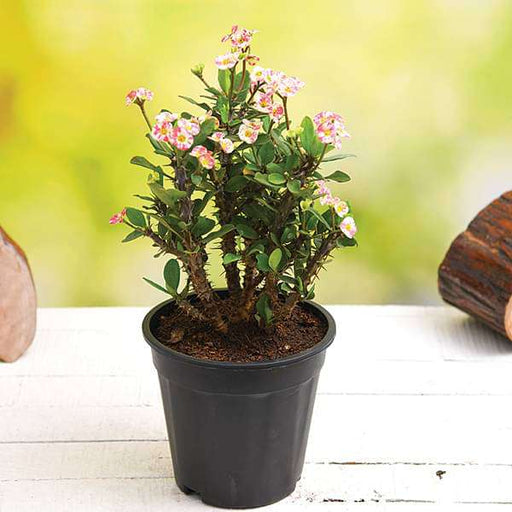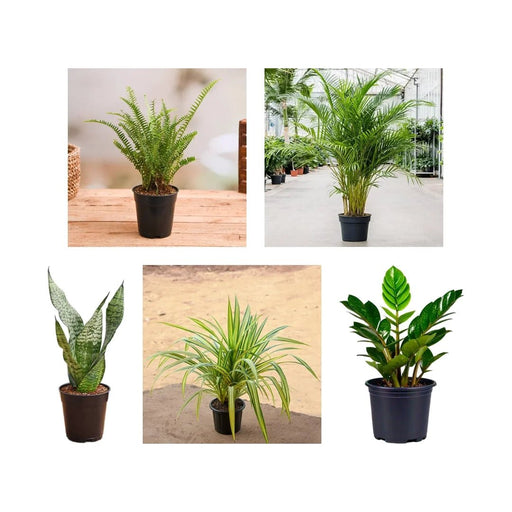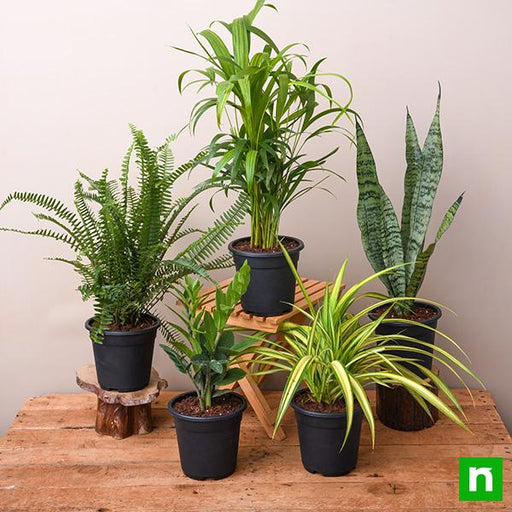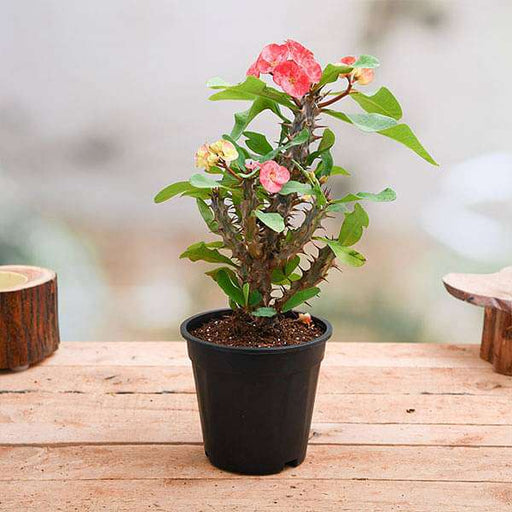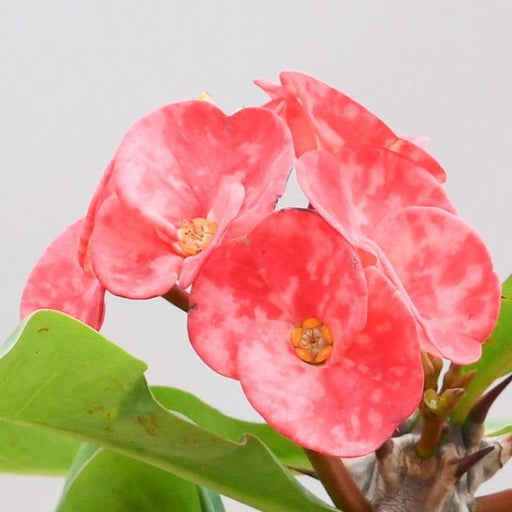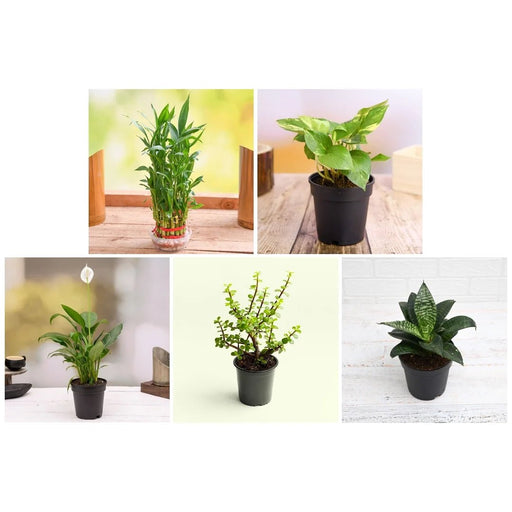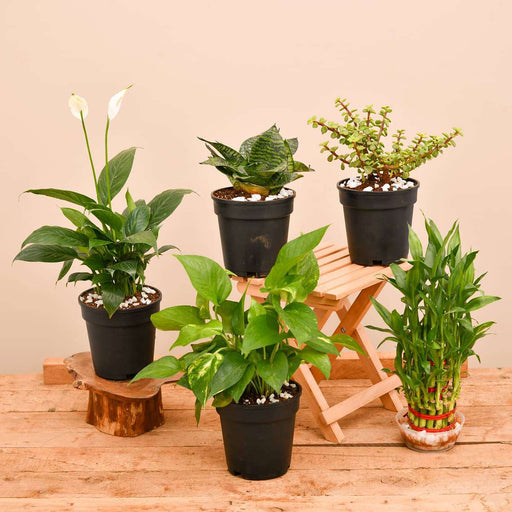I bought the Top 3 Alluring Flowering Plants for my balcony, and they’ve really brightened up the space. Low maintenance and hardy, they bloom beautifully with minimal care. A joy to have around—definitely worth a 5-star rating for anyone wanting easy, cheerful greenery.
The Cypress Green plant, scientifically known as *Cupressus sempervirens*, is a stunning evergreen conifer that adds a touch of elegance to any landscape.
Transform your garden into a vibrant spectacle with our Antirrhinum Dwarf Mixed Color Flower Seeds.
The Madhumalti Dwarf, also known as the Rangoon Creeper (Quisqualis indica),
Transform your space with our stunning 3 Layer Lucky Bamboo Plant in a Bowl with Pebbles
he Amla Tree, scientifically known as *Phyllanthus emblica*, is a revered fruit-bearing tree native to India
Utilize fresh leaves in teas, soups, and salads for a unique flavor.
can flourish, providing lush greenery and a touch of nature to your space
Rich in vitamins A, C, and B6, as well as potassium and dietary fiber, it supports overall health.
I’ve been using these indoor plants in my living room for months. They need minimal watering, stay healthy, and instantly make the space feel fresher and more welcoming.
Storing tulip bulbs properly is crucial for their future performance.
I bought a neem tree and it’s thriving well in my garden. The plant is hardy, low-maintenance, and healthy. It’s great for natural pest control and adds a refreshing green touch to my space.
Even the most glamorous lawns can attract pests, but fear not! Bermuda grass has a few tricks up its sleeve.
Cosmos yellow flowers are the life of the flowering plant family,
Stay ahead of the curve with the latest succulent trends featuring the top 4 die-hard varieties. From terrariums to hanging gardens, these plants are taking the design world by storm. Get inspired and transform your space into a trendy oasis that even your succulents will appreciate
I bought an orange plant for my garden, and it’s growing strong and healthy. The leaves are lush, and it’s easy to maintain. Excited to harvest fresh oranges in the coming seasons!
Cooking with Krishna Tulsi is like adding a sprinkle of magic to your dishes! This herb elevates everything from curries to salads
I bought an Elephant Ear plant and it’s growing beautifully. The large, lush leaves add a tropical feel to my garden. Very easy to care for, hardy, and arrived healthy—completely satisfied with the purchase.

